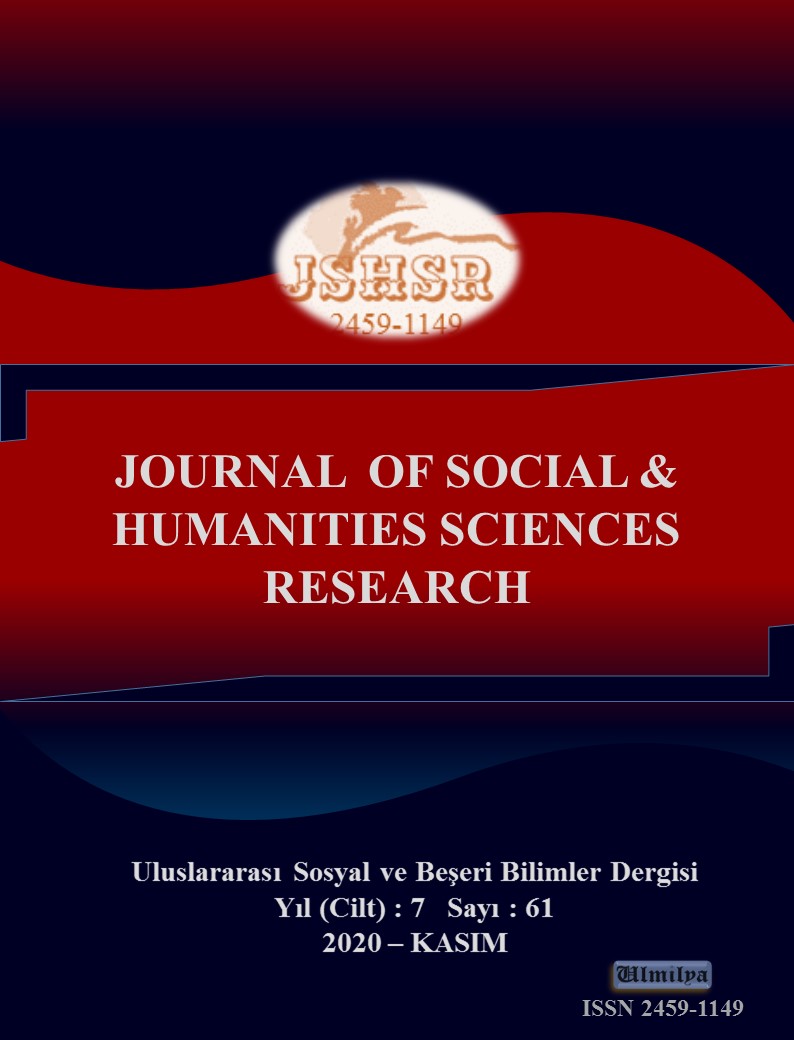KÖKTENDİNCİLERİN METNİ VE İBADETTEKİ UYGULAMALARI
DOI:
https://doi.org/10.26450/jshsr.2224Anahtar Kelimeler:
the text, the hanafies, the apparent, clarity of connotationÖzet
Expressions of Al-Wuduh (clarity), for Hanafies, taking into consideration clarity of semantics in its meaning and clarity grades, have four parts which are: Al-Wadeh (the apparent), Al-Nass (the text), Al-Muffassar (interpreted) and Al-Muhkam (the firm).
Al-Nass, as we are going to clarify, is every expression indicates clearly to a judgement in a way where no other possibility is available. This expression, through its form, denotes clearly to its meaning without depending on the external equivalent. The meaning, taken from the text, is originally meant by Sharria Putter through the speaking context; thus, it gets more strength and clearness. Al-Nass, semantically, is stronger than the Al-Zahir. In case Al-Zahir is contradicted with Al-Nass, then the Al-Nass has to be chosen; that is because, the strongest, semantically, is preferred.
Al-Nass clearness appears when Al-Nass is compared to Al-Zahir. What Al-Nass indicates to has to be adopted, because it gives its meaning, so it is considered as proof unless there are other proofs for Al-Ta'auel or Al-Takhsis or Al- Nasikh and proofs which prove that adopting them is obliged and they accept Al-Ta'auel or Al-Nasikh
İndir
Yayınlanmış
Nasıl Atıf Yapılır
Sayı
Bölüm
Lisans
Telif Hakkı (c) 2020 International JOURNAL OF SOCIAL HUMANITIES SCIENCES RESEARCH

Bu çalışma Creative Commons Attribution 4.0 International License ile lisanslanmıştır.


